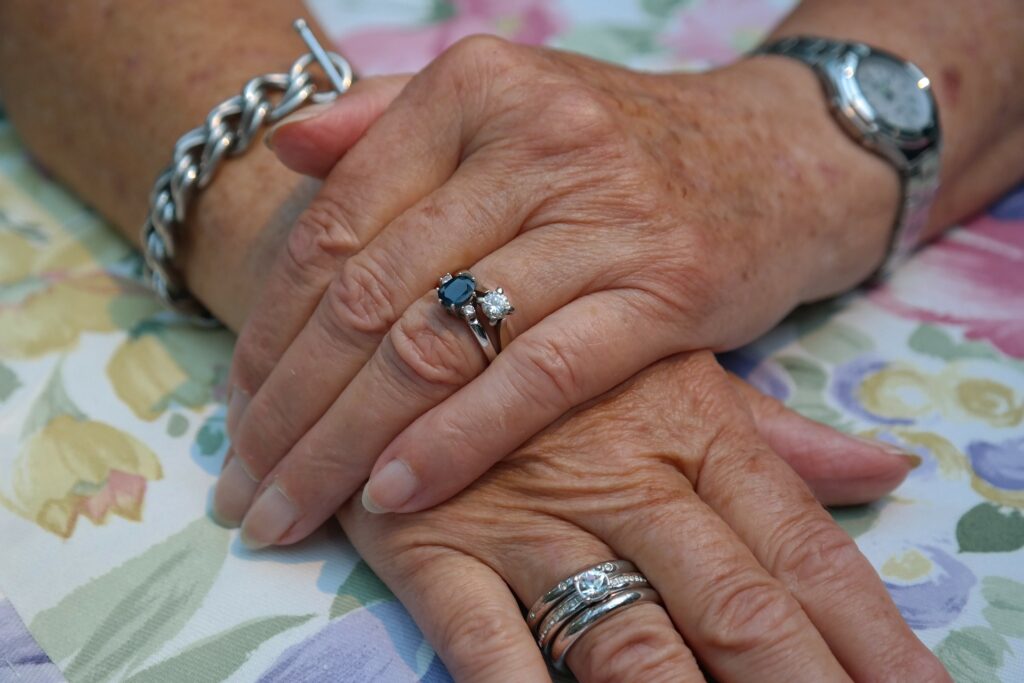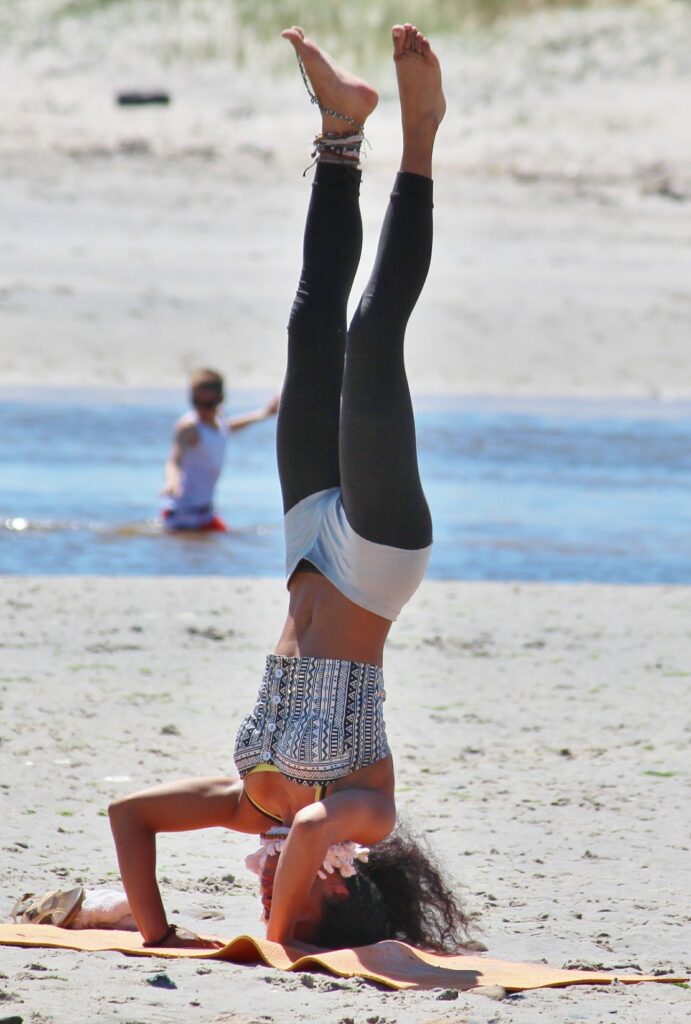26 health related tips that women aged 20-39 need!
This article is about women’s health.

What they need and they should be doing to be fit and healthy at any age?
There are hundreds and thousands of articles, books, media sources and materials available in the world that tell us how to stay healthy. How many of us have time to research, read and scour this multitude of information? Further, how do we trust all the information available out there? This article has done all the work for you. Of course, not every tip or piece of worldly advice can be put on these few pages but the most important information is here. Keep a copy and hand this out to all the women you know, it is for every female aged 1-100.
From age 1-10
Age 11-20:
Young women undergo many changes during this time, and it’s important to focus on their health. Here are some tips for women aged 11-20:
- Get enough nutrition and vitamins to ensure healthy development.
- Exercise regularly to maintain a healthy weight and reduce the risk of diseases.
- Make sure to have regular check-ups with a gynecologist for reproductive health.
- Perform self-breast exams and get a mammogram at age 39.
Ages 20-39:
This age group is often busy with careers and/or having children, and it’s easy to neglect personal health. Here are some tips to stay healthy:
- Eat healthy, balanced meals and watch portion sizes.
- Exercise regularly to maintain a healthy weight and reduce the risk of diseases.
- Take a daily multivitamin and other supplements such as calcium, Fish Oil, Vitamin C, and folic acid to prevent birth defects and maintain overall health.
- Find a spiritual path or connection to maintain mental health and wellbeing.
Ages 20-
i Eat healthy foods. Avoiding unhealthy fats and consuming raw fruits and vegetables go a long way in staying nutritionally stable.
ii Watch your dieting habits. While there are many diet plans out there, the simplest is almost always more effective. Watching portion size and the ingredients (fat, calories and sugar) in foods will often net the best weight loss results. It is wise to note that losing or maintaining your desired weight means one thing, there needs to be more calories burned than what has been consumed. This can be accomplished with:
iii Exercise. Whether you are a regular attendee at the local gym or you workout at home, there are certain types of exercise that will benefit you the most. One exercise routine must raise your heart rate (cardiovascular health). Another should include free-weights or weight lifting in some form (bone health and strengthening). Additionally, walking, dancing and swimming can tone the body. Weight loss in pounds alone will make you happy when you step on the scales but most women want that loose skin (abdomen, underarms, and thighs) to tighten up as well. If you just can’t find the time to exercise, try these activities:
iv Park in the last open parking space far away from the storefront and walk.
v At home, grab some large juice bottles that have the indented areas for carrying or milk jugs and do some curls.
vi Take the stairs instead of elevators in public places
vii Take a stroll through your neighbourhood every night after dinner
viii Visit your gynaecologist every year for a PAP test (more often if your doctor suggests or your last one came back with an abnormal result). PAP tests are essential towards maintaining a healthy reproductive system. They are used to detect cervical cancer and infections among other things.
x Perform your own self-breast exams.
xi Make an appointment at age 39 for your first mammogram.
xii Take regular multi vitamins every day. Add other supplements including calcium, Fish Oil and Vitamin C. Do some research on the types and amounts of vitamins and/or supplements you could be taking. I found vitanetonline.com to be very helpful for this kind of information. Also, it has been found that women in these childbearing years are lacking in the amount of folic acid they need. Insufficient amounts of folic acid have been linked to birth defects of the brain in newborns. These birth defects can be avoided if a woman takes sufficient amounts of folic acid before she conceives and during the early, first trimester of pregnancy.
xiii Not least of all, are these tips to good health that most informational sources rarely mention.
xiv Find a spiritual path or connection. These are highly personal so I won’t offer any suggestions. Women have chosen a religion, nature, prayer, rituals, a quiet room and many others to find that place within self where they can be at peace.
xv Keep your mental health a priority. Talk to a professional therapist if you need some guidance or direction.
xvi Avoid unhealthy relationships. If you are being abused in any manner by anyone, seek help
While all these tips for the age 20-39 group will keep a woman in optimum health, most of these need to be implemented and continued into the later years as well.
Ages 40-100
These are the years that many women claim that they become wiser. Some even claim that it is the best time of life they ever experienced. The tips for the 20-39 age groups hold true for women beyond 40; some exceptions would include the advice on folic acid intake, the amount of weight carried in the free-weight exercise routines, the limitations of exercise that may create falls, accidents or injuries and the PAP tests. Regular PAP test examinations usually ceases around 80 years of age but ask your doctor first.
From ages 40-50 a woman can expect pre-menopausal symptoms. Again, the changes that occur in any woman’s life can never be set at a certain age. There are women that may never have any disrupting symptoms of menopause. Other women may begin menopause at age 40 others might be near 50. Some women may become post-menopausal at age 45 and others at age 52-55. No matter what the age of onset or completion, menopause happens. Be sure to talk to your doctor about remedies for the symptoms of menopause. There are hormone replacement therapies (HRT) as well as some natural supplements to ease menopause. Taking soy isoflavones, in capsule form, have recently been regarded by some women as helpful in decreasing their hot flashes.
While awareness of the importance of calcium and its consumption should be well established by age 15, many older women still don’t find it a concern. Osteoporosis (bone weakness) can begin to occur as early as age 35. By the time you get into this age group of 40+ and you haven’t been caring for your calcium needs, you might expect by age 60 to see the results in your body. We have all seen the women with humps below their neck at the spine. We have seen the stooped walks and heard of women in this age group having falls that break their hips and other bone structures. This is a result of weak bones. There are also hereditary factors that play into whether or not we get osteoporosis. Take your calcium !
In summary:
1. Keep exercising but know your limitations
2. Continue getting mammograms
3. Keep eating healthy. If you like gardening, that’s light exercise and you can eat healthy too.
4. Stay socially active

Women are living longer. We are living longer because the importance of diet, exercise, vitamin and supplement intakes and other information has become easily available. But living longer is not necessarily a good thing if the QUALITY of our lives is not taken into account.
If you follow these tips and commit yourself to making healthy lifestyle choices then all your years can be filled with happiness, peace and good health.




Recent Comments